Whois Lookup
Find out who owns any domain with our whois / rdap domain name checker
Enter a real domain name, with its domain extension, eg mybusiness.com
Ever wondered who’s behind a domain name? Whether you’re protecting your brand, verifying ownership, or planning to buy an existing domain — our WHOIS & RDAP lookup tool gives you instant access to accurate domain registration data.
It’s free, fast, and privacy-conscious — powered by RDAP for modern, secure access.
What’s WHOIS?
WHOIS is a public database that stores domain name registration details. When someone registers a domain, that information—like name, email, registrar, and expiry dates—is stored in WHOIS records.
WHOIS has been the go-to protocol for decades when it comes to domain ownership data
Our WHOIS tool helps you instantly query that database.
You’ll see:
-
Who registered the domain (if public)
-
Domain registrar and server details
-
Creation, expiry, and update dates
-
Name servers and DNS status
-
Domain availability and lock status
-
RDAP-compliant metadata
-
Domain lock status
-
Domain status (active, locked, pending transfer, etc.)
-
Contact details (when not hidden by privacy services)
Who is this tool for?
-
Business owners: Check if your domain is exposed or needs WHOIS privacy
-
Buyers: Discover who owns a domain you want to buy
-
Competitors: Analyze rivals’ domains and expiry timelines
-
Agencies: Run audits on clients’ domain ownership
-
Curious minds: Just want to know what’s behind a URL? We’ve got you covered.
And the best part? We’re based in Kenya, with pricing in KES and no currency conversion shocks.
How to use the WHOIS tool
-
Get instant results within seconds
-
Type the domain name (e.g. example.co.ke)
-
Click “Check Now”
-
That’s it! You get RDAP Data in minutes
Why use Truehost WHOIS?
✅ Superfast lookups with real-time data
✅ Works for global and Kenyan domains
✅ No login required
✅ No limits—run as many searches as you like
✅ 100% free forever
Have Privacy Concerns? We’ve got you covered.
If you’re seeing your own name, phone number, or email exposed in WHOIS results, it means your domain lacks privacy protection.
-
The good news? When you transfer or register your domain with Truehost, You can choose to add Domain Privacy to your package for just KES 400 / Year.
Get Domain Protection
What is RDAP?
RDAP stands for Registration Data Access Protocol — a secure, modern alternative to the traditional WHOIS system for querying domain registration information.
If WHOIS was the old-school directory, think of RDAP as the upgraded digital assistant: faster, more structured, privacy-conscious, and fully aligned with today’s internet standards.
RDAP is designed to replace WHOIS with:
- GDPR-compliant privacy
- More structured, machine-readable data
- Better security and access control
- Real-time data from the source: RDAP communicates directly with the domain registry or registrar in real time
- Better access control
- With RDAP, registrars can control who gets to see what — offering tiered access levels based on user identity or purpose.
Buying an Expired Domain
Looking to buy a domain that’s already taken?
WHOIS / RDAP is the first step. Use it to identify the current owner, check if the domain is about to expire, and plan your acquisition strategy. If the owner’s email is public, you can reach out and negotiate directly.
Need help buying or brokering a domain? Our team can guide you through. Contact us via Live Chat.
Ready to protect or transfer your domain?
After using WHOIS, take the next step. Secure your brand with Truehost’s affordable domain services:
- Register a new domain name from as low as KES 243 for some extensions
- Transfer your existing domain and get 1-year extension
- Manage your DNS, emails, SSL, and hosting—all in one dashboard
Common Whois FAQs
What does the WHOIS database contain?
The WHOIS database is a public record of domain registration data. It typically includes:
-
Name servers and DNS settings
-
Domain owner/registrant name
-
Contact information (email, phone, address — if not hidden)
-
Domain registration and expiry dates
-
Registrar details (e.g., Truehost Kenya)
-
Domain status (e.g., active, expired, locked)
-
Name servers and DNS settings
How to update my WHOIS information?
To update your WHOIS contact details (such as name, email, phone number, or address):
- Log into your Truehost Kenya client account.
- Go to the “Domains” section and select the domain you want to update.
- Click on “Edit Contact Information” or “Manage WHOIS”.
- Make your changes and save.
Note: Updating WHOIS info may trigger a verification email. Be sure to confirm the changes through your email to avoid any disruptions.
How to do a WHOIS lookup?
Using Truehost Kenya’s free WHOIS Lookup Tool is fast and easy:
- On the WHOIS lookup page on truehost.co.ke,
- Enter the domain name you want to check (e.g., mybrand.co.ke).
- Click the “Check Now” button.
- Instantly view domain registration details such as registrant info, name servers, registrar, and key dates.
Why is some domain info hidden?
Domain privacy protection hides registrant details to reduce spam and protect identity. Truehost offers this as a very affordable addon on most domains.
Can I get contact info of the owner?
Only if their info is public. If the domain has WHOIS privacy, it won’t show emails or names.
What does domain status like “clientTransferProhibited” mean?
It means the domain is locked at the current registrar and can’t be transferred unless it’s unlocked first.
Yes. WHOIS data includes the domain’s expiry date—so you can monitor and plan ahead if you’re eyeing a taken name.
How to hide domain information from WHOIS?
To protect your personal or business information from appearing in public WHOIS databases:
- Purchase WHOIS Privacy Protection (also known as ID Protection) during domain registration or afterward.
- At Truehost, many domains support WHOIS Privacy Protection.
- Once activated, your real contact details are masked with proxy information (e.g., from a privacy service), keeping you safe from spammers and identity theft.
Why is WHOIS info important?
It helps verify domain ownership, identify hosting providers, troubleshoot DNS issues, and resolve disputes (such as through UDRP).
 Domain SearchInstantly check and register your preferred domain name
Domain SearchInstantly check and register your preferred domain name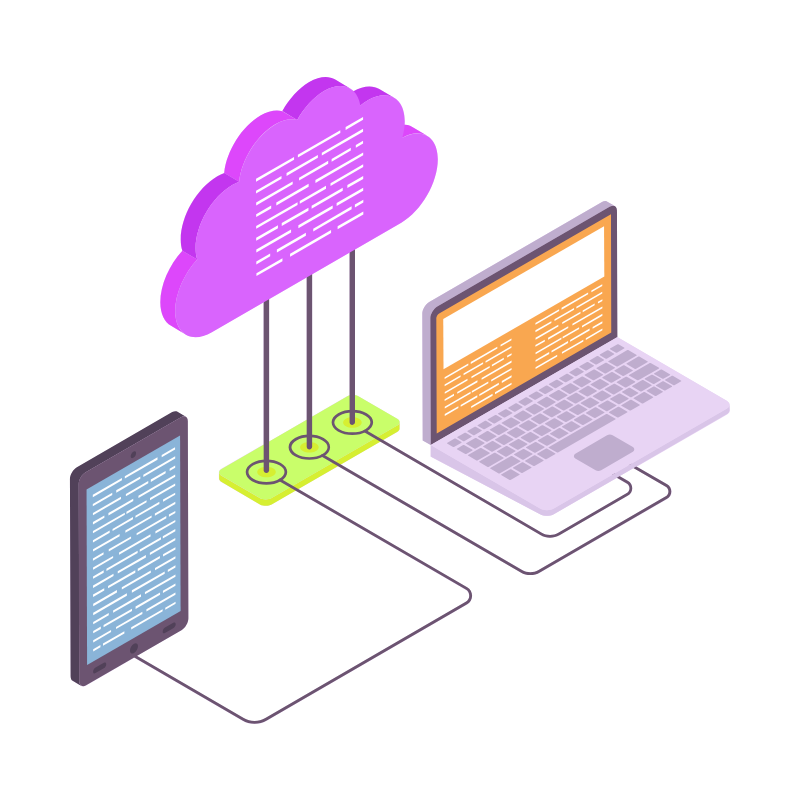 Web Hosting
Web Hosting cPanel HostingHosting powered by cPanel (Most user friendly)
cPanel HostingHosting powered by cPanel (Most user friendly) KE Domains
KE Domains Reseller HostingStart your own hosting business without tech hustles
Reseller HostingStart your own hosting business without tech hustles Windows HostingOptimized for Windows-based applications and sites.
Windows HostingOptimized for Windows-based applications and sites. Free Domain
Free Domain Affiliate ProgramEarn commissions by referring customers to our platforms
Affiliate ProgramEarn commissions by referring customers to our platforms Free HostingTest our SSD Hosting for free, for life (1GB storage)
Free HostingTest our SSD Hosting for free, for life (1GB storage) Domain TransferMove your domain to us with zero downtime and full control
Domain TransferMove your domain to us with zero downtime and full control All DomainsBrowse and register domain extensions from around the world
All DomainsBrowse and register domain extensions from around the world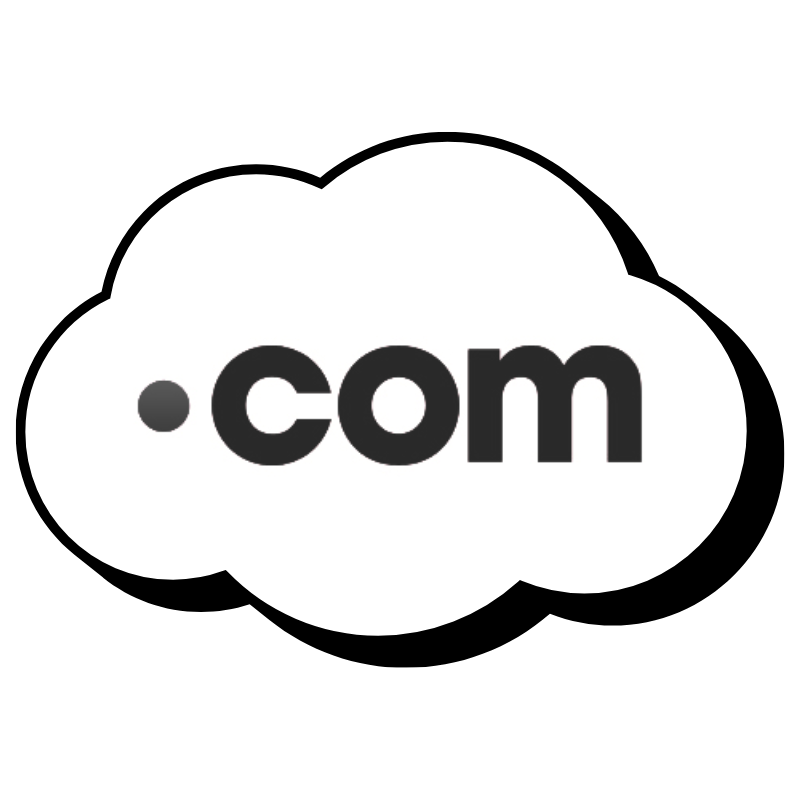 .Com Domain
.Com Domain WhoisLook up domain ownership, expiry dates, and registrar information
WhoisLook up domain ownership, expiry dates, and registrar information VPS Hosting
VPS Hosting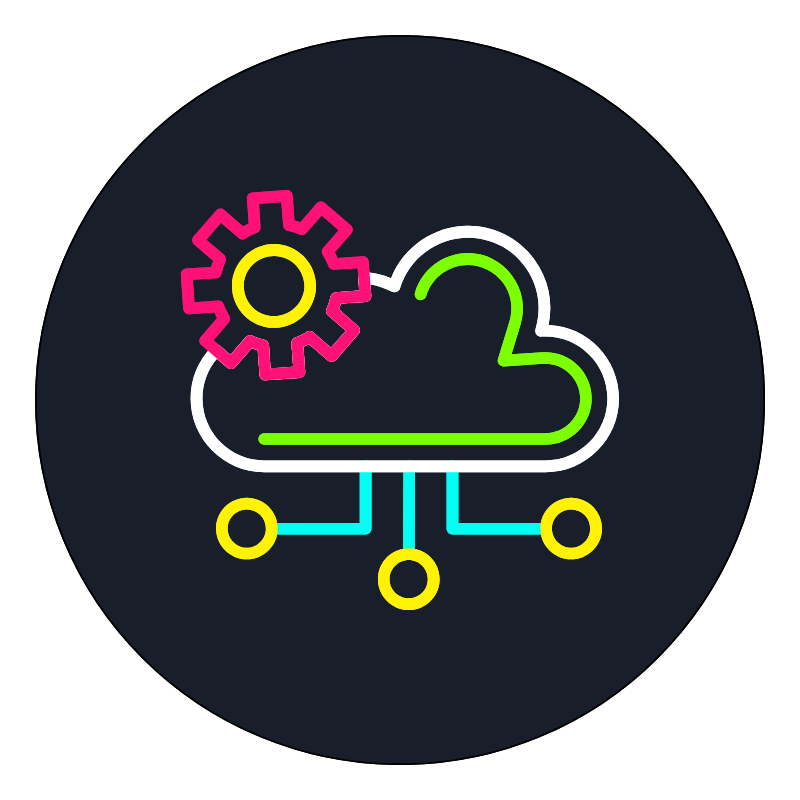 Managed VPSNon techy? Opt for fully managed VPS server
Managed VPSNon techy? Opt for fully managed VPS server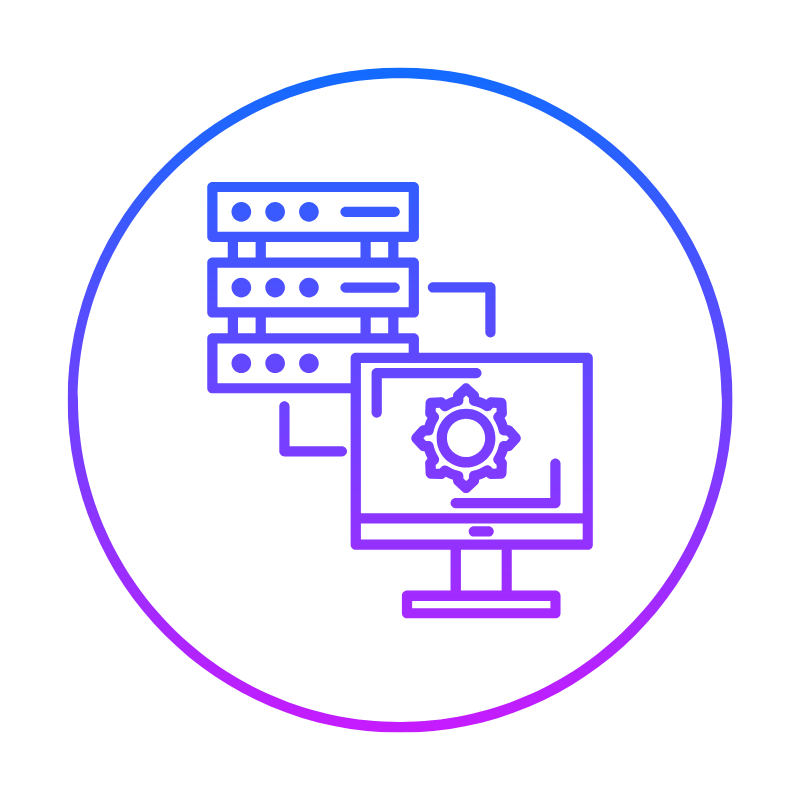 Dedicated ServersEnjoy unmatched power and control with your own physical server.
Dedicated ServersEnjoy unmatched power and control with your own physical server.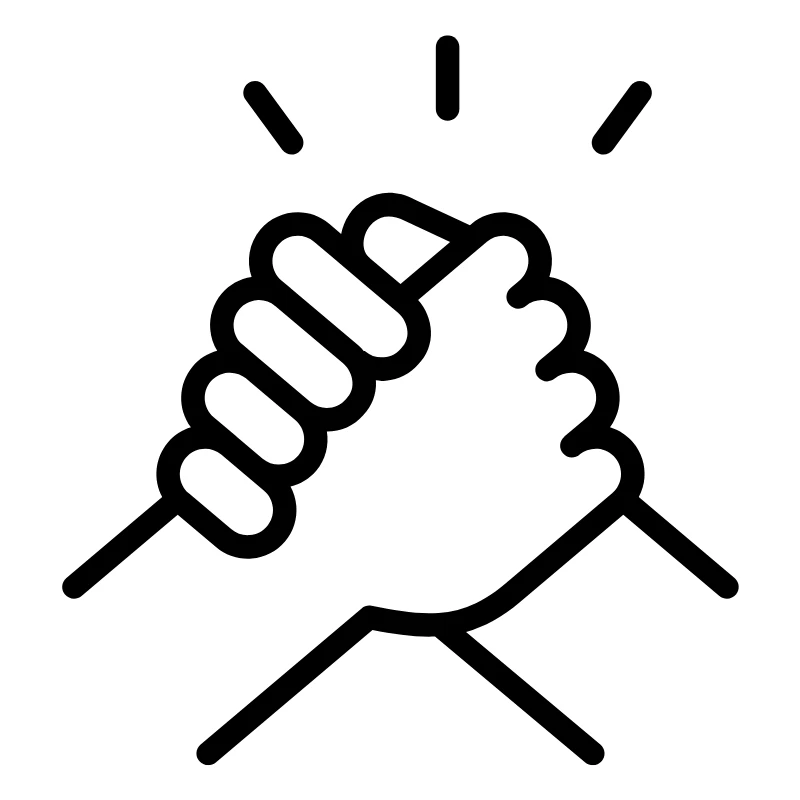 SupportOur support guides cover everything you need to know about our services
SupportOur support guides cover everything you need to know about our services